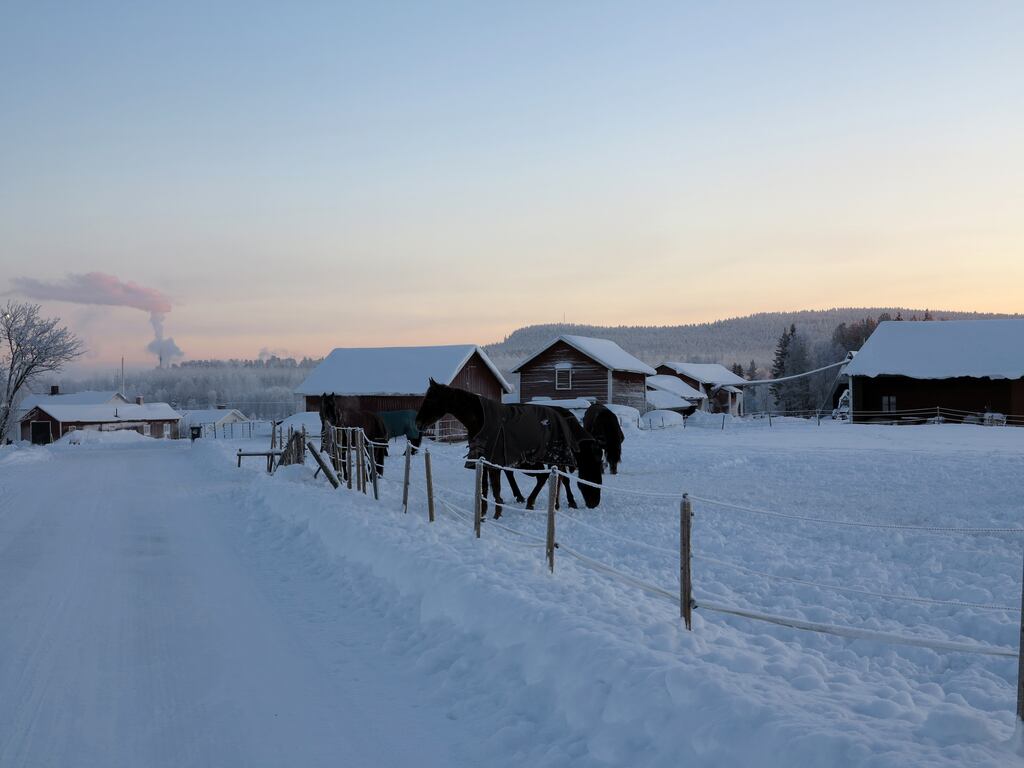District hearing systems distribute heat generated from a central location to multiple buildings or properties within a defined geographic area, typically a residential neighbourhood.
Heat is produced through a variety of sources including combined heat and power plants, waste heat from industrial processes, geothermal energy, landfill waste and renewable sources such as biomass or solar thermal energy. It is then transported through a network of insulated pipes to provide space heating and hot water to residential, commercial and industrial buildings.
District heating systems are seen as efficient as they can utilise waste heat that would otherwise be lost and they contribute to reducing greenhouse gas emissions by centralising heat production. However, location and size are important factors in their planning, according to Stephen Prendiville, sustainable infrastructure lead with Deloitte.
“We’ve just started our journey here in Ireland. There are a number of district heating systems around the country but they haven’t really been publicised, with Tallaght being the most high-profile exception,” he says.
Book your place at Europe’s leading summit for talent
‘A gas emergency would quickly turn into an electricity emergency. It is low-risk, but high-consequence’
How LEO Digital for Business is helping to boost small business competitiveness
‘I have to believe that this situation is not forever’: stress mounts in homeless parents and children living in claustrophobic one-room accommodation
That project is the Tallaght District Heating Scheme, a collaboration between Codema (Dublin’s energy agency), South Dublin County Council, AWS and Heat Works, Ireland’s first not-for-profit energy utility, which runs the network. It was the first of its kind in the State but, with recent estimates indicating that district heating could supply more than 87 per cent of Dublin’s heating demand by 2050, many others may follow.
In the Tallaght project waste heat from a data centre is used; however, heat sourced directly from waste – as in, rubbish – can also be used.
Indaver operates a waste-to-heat facility in Co Meath – another first of its kind in the State – treating more than 200,000 tonnes of municipal waste each year and generating 18MW of electricity in the process, enough to power more than 42,000 homes.
“We are following the successful example of Scandian counties where district heating has been very successful over the past 50 to 70 years,” says Indaver’s director of policy, Jackie Keaney. “Indaver does everything from recycling to composting and anaerobic digestion at our plant, which has been in operation since 2011.”
One of the byproducts of burning black-bag waste is ash, which currently goes to landfill, though plans are in train to recycle it in the future for reuse as an aggregate the construction industry. The other byproduct is heat; and in cases where there is no district heating option, waste-to-energy plants produce electricity, which they supply to the national grid.
“We’ve been doing that since 2011 but we’re not a power plant so it’s not super efficient,” says Keaney. “Our primary role is to treat black bin residual waste. Typically a waste-to-energy plant is about 30 per cent efficient in converting the energy in waste into electricity – but district heating can be 100 per cent efficient.”
Keaney says that, overall, “waste to energy can become more energy efficient and reduce carbon emissions by adapting innovative technologies such hydrogen electrolysis and CCU [carbon capture and usage]”.
In terms of location, there is potential for Indaver to supply nearby industrial sites, she adds.
“Location is central to efficiency,” says Prendeville. “If you have a waste-to-heat plant or waste heat produced by an industrial unit, then the recipient of this heat needs to be located nearby – perhaps a leisure centre or swimming pool.
“That can be potentially problematic as we tend to place industrial units away from communities, requiring more pipes and some heat loss in the process.”
Another factor is the readiness of a community or industrial unit to accept heat produced in this way, something that requires infrastructure to link the producer with the consumer. Ireland is lagging behind somewhat in this area, says Keaney.
However, she adds: “There is legalisation in the form of a heat bill doing through the Dáil at the moment so this sector can be regulated.”
Other issues needing to be addressed include the make-up of bodies that would manage any district heating system. Elsewhere in Europe – in Denmark, for example – they are run by municipal authorities on a commercial basis.
“I know the Sustainable Energy Authority of Ireland are very focused on implementing district heating systems and have made it their priority over the next two years, which is great news,” says Keaney.














